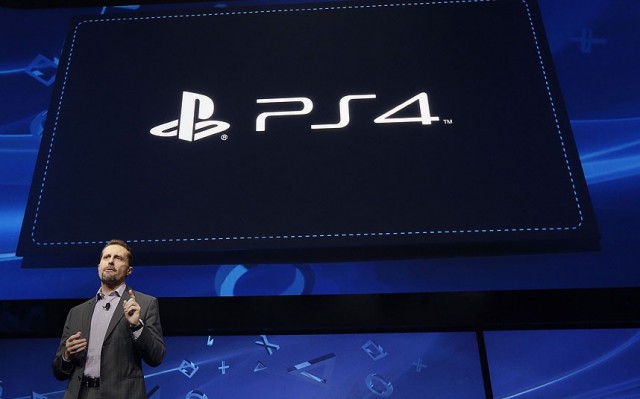Last week, Kotaku reported on a new iteration of the PS4 hardware that they defined “PS4.5.” The article made the frankly ridiculous claim that it sported a GPU capable to support “high-end 4K resolution for games.”
Today Eurogamer posted a report of its own, that makes much more reasonable and realistic claims.
“We have independently established that it’s real and that Sony’s R&D labs have prototype devices, and we also have more than one source referring to it as PlayStation 4K, the name we’ll be using for now. And this is where things become slightly strange – because while more GPU power is being offered to developers, realistically it is nowhere near enough to provide native 4K gaming at the same quality level as current 1080p titles. The full extent of the spec is a current focus of enquiry for us, but realistically, it is simply impossible to cram the equivalent of today’s top-end PC graphics hardware into a console-sized, mass-market box.
Everything we’ve heard positions PlayStation 4K as a machine capable of playing current and next-generation ultra HD media, while also offering support for other aspects of the 4K spec, such as high-dynamic range and a wider colour gamut – aspects of the 4K spec that could be introduced to gaming. However, in terms of additional computational power, we’ve got be realistic about what Sony can deliver with a mid-generation refresh.
We can say that with some degree of certainty because PlayStation 4K will almost certainly use an evolved version of the APU technology used in the current console. Once again we will see semi-custom versions of AMD’s CPU and GPU technology integrated into a single, console-friendly processor, and thanks to the firm’s openness with its technology roadmaps, we have a good idea of the base building blocks Sony has access to in building its next PlayStation.
We also know about the fabrication technologies available. PlayStation 4 and Xbox One arrived when 28nm microprocessors were firmly established, and right now the industry is moving on to 14nm and 16nm chips using 3D ‘FinFET’ transistors. Shrinking transistors and innovative new architecture are what make generational leaps in computational power possible.”
The report is interesting, as it more realistically positions the “PlayStation 4K” as a machine capable of playing 4K media, but does not make science fiction-like claims about its capabilities for games. Considering the hardware necessary for running games that are anywhere graphically demanding at 4K resolution presently and for the foreseeable future, the price, energy and form factor requirements would simply not fit console standards, especially in a machine as compact as the PS4.
Back in October, Sony Computer Entertainment Senior Vice President Masayasu Ito weighed in on such a possibility, even if it was simply theoretical speculation on his part. Maybe it wasn’t as theoretical as it was then claimed.
Considering that Phil Spencer talked about similar plans for the long-term future of Xbox, it’s very possible that both manufacturers are now working on a mid-generation release with evolved hardware, especially given that the X86 architecture makes it possible, and that Nintendo demonstrated that many gamers are willing to swallow an additional purchase with the New 3DS.
The mention of the adoption of 4K aspects like high-dynamic range and a wider colour gamut for gaming is also realistic: Microsoft is working as well on making the features available in DirectX 12 by 2016 to developers and 2017 to consumers.
This “PlayStation 4K” would probably be fully backwards compatible with PS4 games, running them with improved performance and achieving the much sought-upon 1080p/60 FPS combo. It could possibly also include HDR support for older titles: according to Microsoft’s DirectX 12 team, games that already implement physically based rendering (which is the norm among AAA productions nowadays) can be converted to use HDR requiring very limited development effort, offering a gain in visual fidelity more noticeable than a simple bump in resolution.
Of course, since Eurogamer does not cite its sources, we should still consider this as a rumor until a confirmation is made by Sony Computer Entertainment. Yet, now it has definitely been brought back into the realm of realistic application, from that of pure science fiction.

